|
All credits for these beautiful images can be found on The Big Tree Society Facebook or Pinterest pages
0 Comments
All credits for these beautiful images where they could be traced can be found on The Big Tree Society Facebook or Pinterest pages.
We were up at Forest Research recently with Pete and Joe from Eadha Enterprises They have been watching over a trial planting of Aspen clones for some years now. But the trees have to come down to make room for building development. So the lads asked us to have a look (well we kind of invited ourselves) to see what we could make form the timber. Here's a few images of Pete and Joe taking root cuttings for propagation back at their base. We split a few out and tennoned a few ends. We'll let them dry for a couple of months and see what we can make. Watch this space. For more information on Pete and Joes work have a loo
Petrified wood (from the Greek root petro meaning "rock" or "stone"; literally "wood turned into stone") is the name given to a special type of fossilized remains of terrestrial vegetation. It is the result of a tree or tree-like plants having completely transitioned to stone by the process of permineralization. All the organic materials have been replaced with minerals (mostly a silicate, such as quartz), while retaining the original structure of the stem tissue.
Unlike other types of fossils which are typically impressions or compressions, petrified wood is a three-dimensional representation of the original organic material. The petrifaction process occurs underground, when wood becomes buried under sediment and is initially preserved due to a lack of oxygen which inhibits aerobic decomposition. Mineral-laden water flowing through the sediment deposits minerals in the plant's cells; as the plant's lignin and cellulose decay, a stone mould forms in its place. |
the big tree societyhttp://www.thebigtreesociety.co.uk/ Archives
July 2024
Categories
All
|

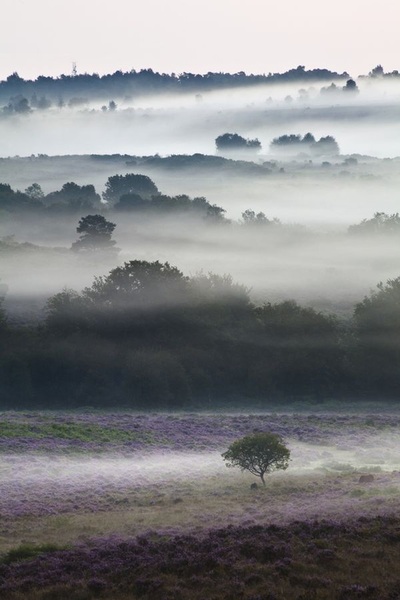
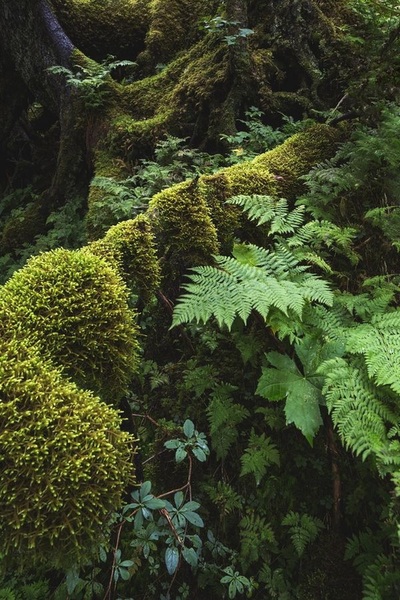
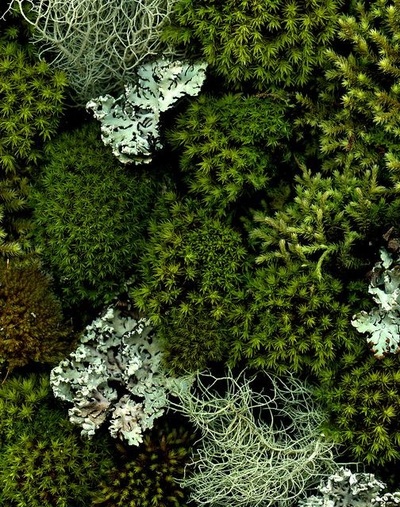
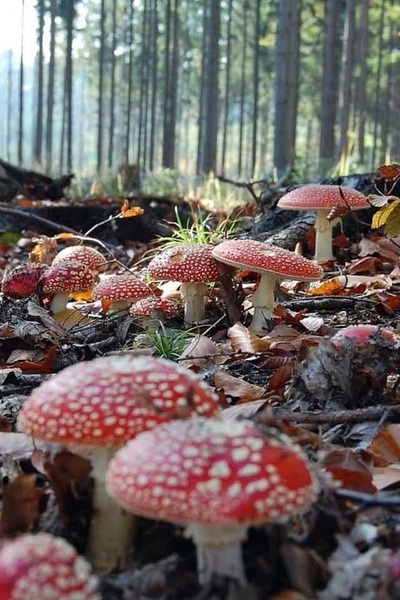
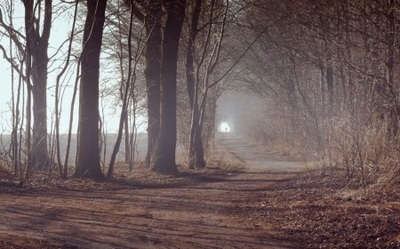
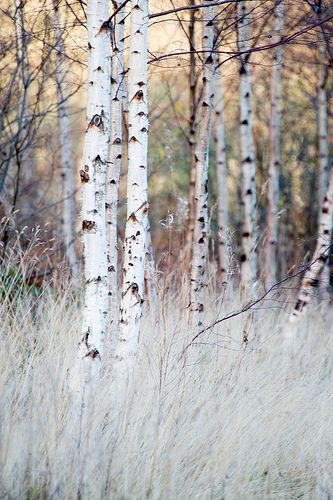
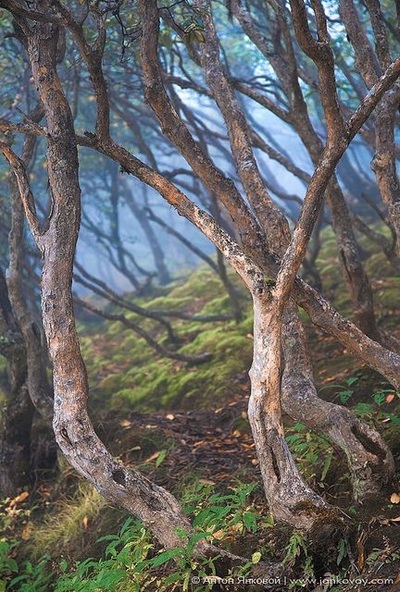
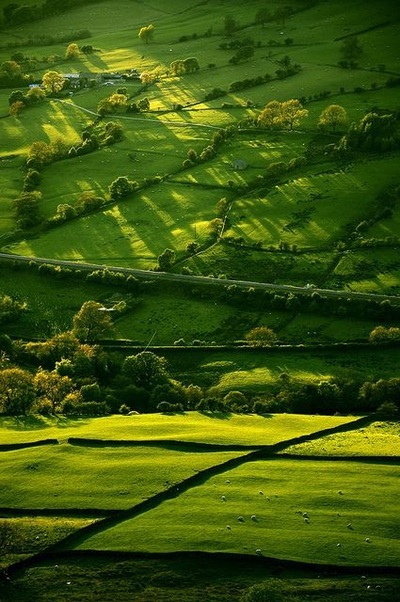
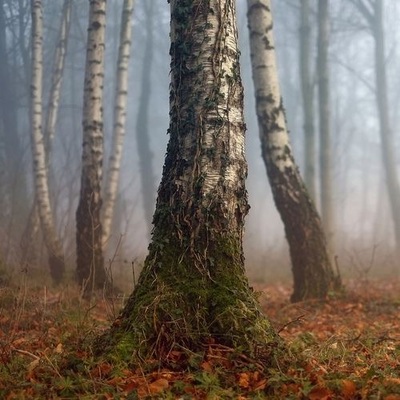
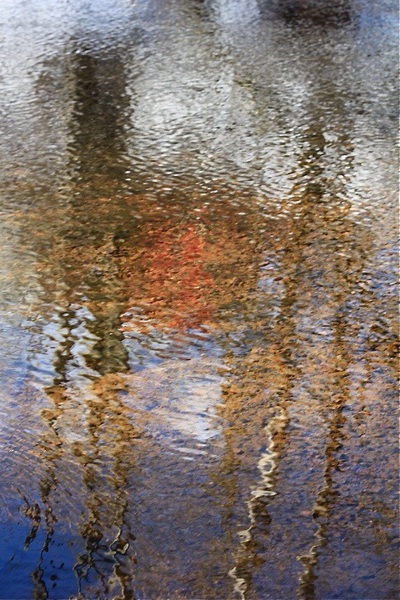
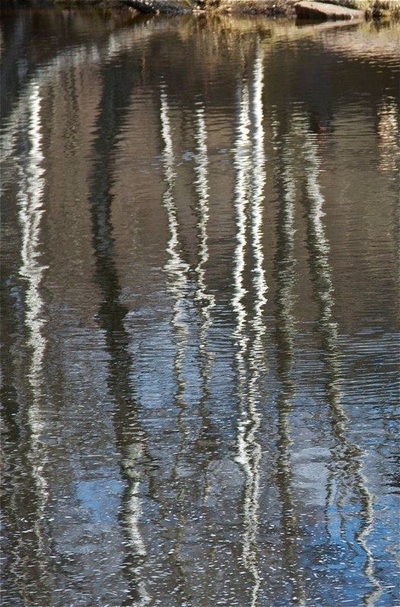

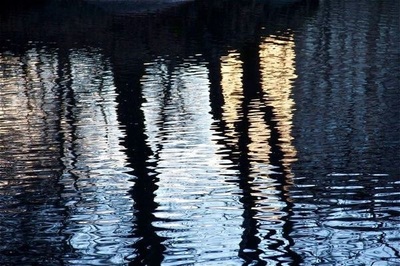
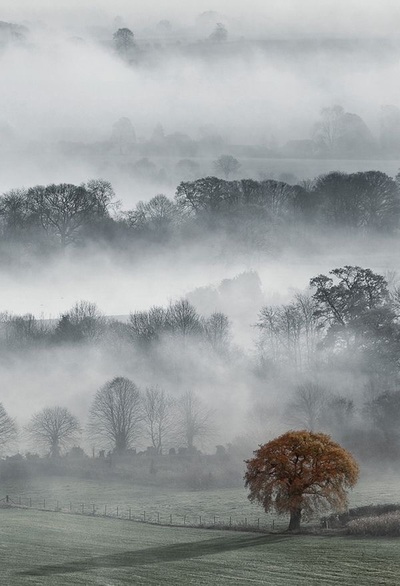
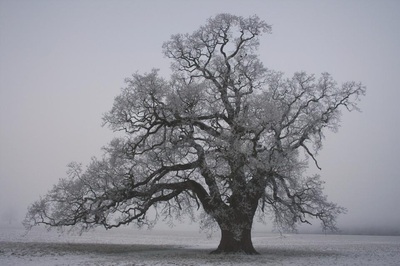
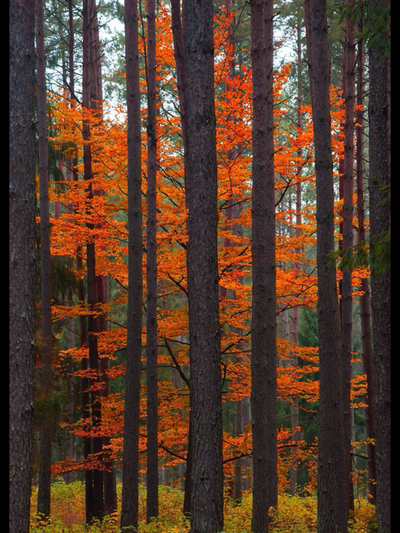
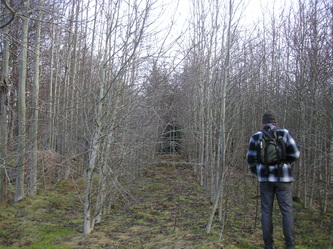
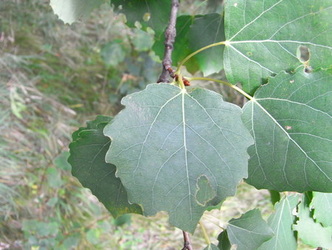
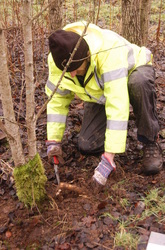
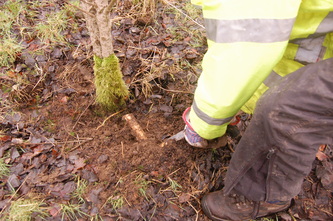
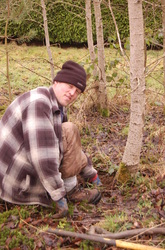
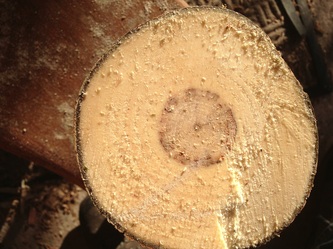
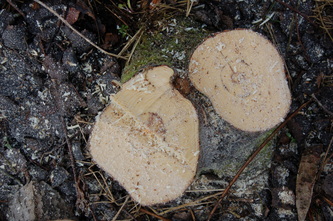
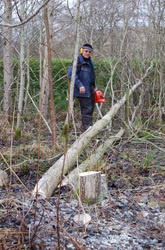
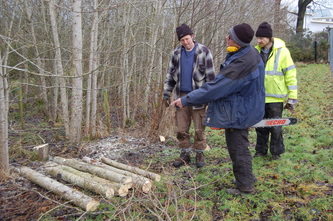
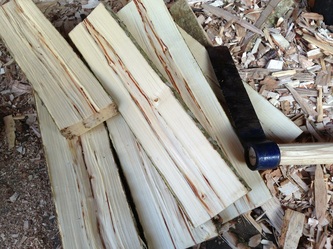
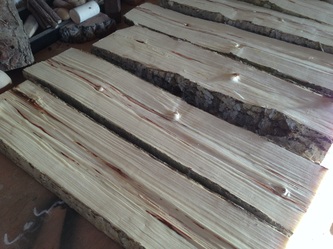
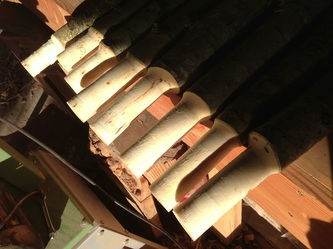
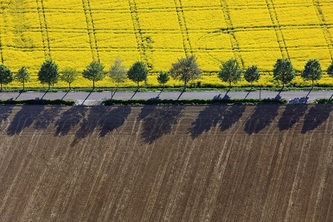
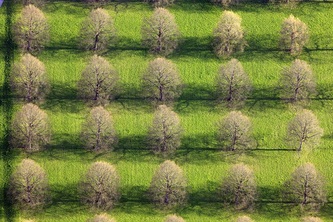
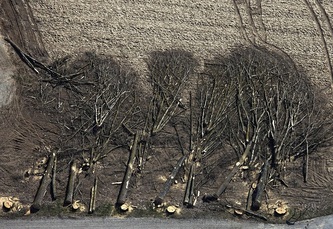
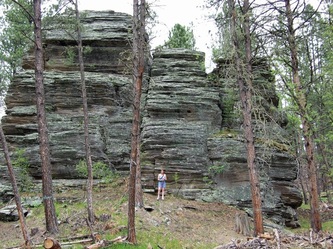
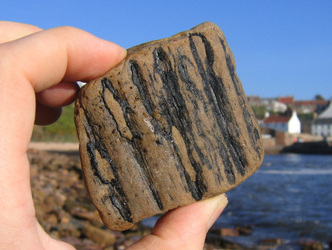
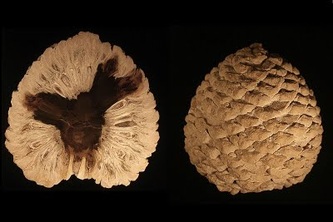
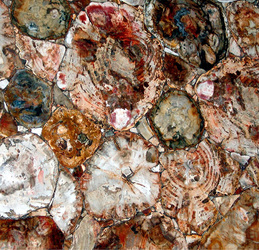
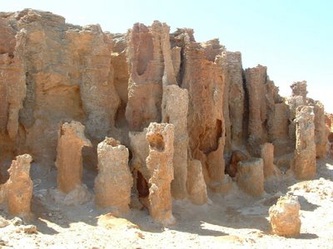
 RSS Feed
RSS Feed